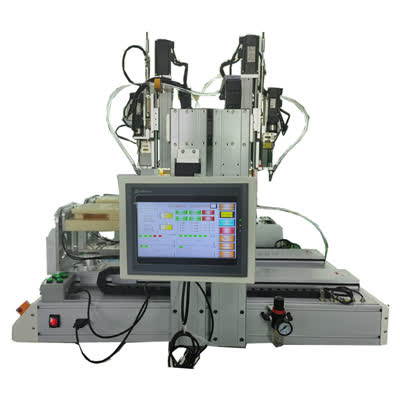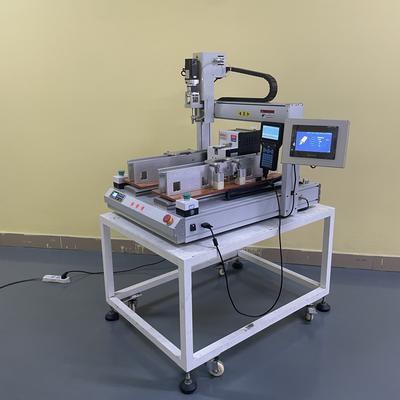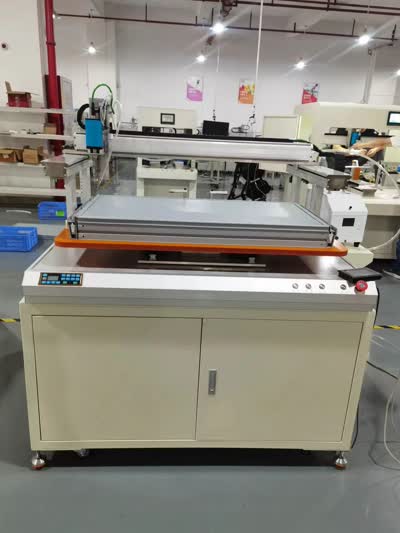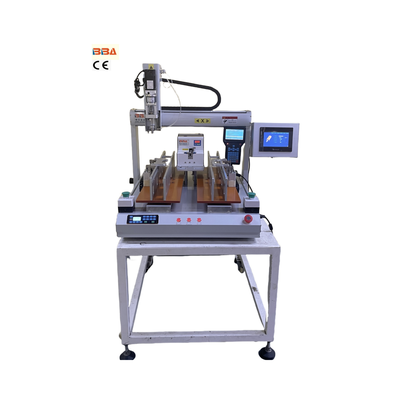How Screw Automation Lowers Labor Costs in Manufacturing | Industrial Efficiency
| Product Name | Applicable industries |
| Screw Fastening Unit | Automotive Electronics Assembly |
How Screw Automation Lowers Labor Costs
In today's competitive industrial landscape, companies are constantly seeking ways to optimize operations and reduce costs. One of the most effective methods to achieve these goals is through screw automation. By integrating automated screwdriving systems into production lines, businesses can significantly lower labor costs while improving efficiency and quality. Here’s how screw automation delivers these benefits.
Reduced Manual Labor Dependency
Traditional screwdriving processes often require workers to manually handle screws, position them, and drive them into place. This labor-intensive approach is not only time-consuming but also prone to inconsistencies and errors. Automated screwdriving systems eliminate the need for manual intervention, reducing the number of workers required for assembly tasks. This directly translates to lower payroll expenses and frees up employees to focus on higher-value tasks.
Increased Production Speed
Automated screwdrivers operate at consistently high speeds, far exceeding what human workers can achieve. These systems can drive screws in a fraction of the time it takes a manual operator, enabling faster production cycles. By accelerating assembly processes, companies can meet higher demand without expanding their workforce, further reducing labor costs per unit.
Improved Accuracy and Consistency
Human workers may occasionally misplace screws or apply inconsistent torque, leading to defects or rework. Automated systems, however, deliver precise screw placement and uniform torque every time. This reduces the likelihood of errors, minimizing the need for quality control checks and post-assembly corrections, which often require additional labor hours.
Studies show that automation can reduce screwdriving-related defects by up to 90%, significantly cutting down on waste and rework costs.
Lower Training and Turnover Costs
Manual screwdriving requires training workers to handle tools correctly and maintain consistent quality standards. High turnover in assembly lines means companies must repeatedly invest in training new hires. Automated systems, once programmed, require minimal operator intervention and can be quickly adapted by existing staff, reducing training expenses and turnover-related costs.
24/7 Operation Capability
Unlike human workers who need breaks and shifts, automated screwdriving systems can operate continuously without fatigue. This allows manufacturers to maximize production uptime and output without incurring overtime wages or additional staffing costs for extended shifts.
Long-Term Cost Savings
While the initial investment in screw automation technology may seem substantial, the long-term savings are undeniable. Reduced labor costs, higher productivity, lower defect rates, and decreased training expenses combine to deliver a rapid return on investment. Many companies find that automated systems pay for themselves within the first year of implementation.
As industries continue to embrace Industry 4.0 principles, screw automation stands out as a proven solution for cutting labor costs while boosting operational performance. By implementing these systems, manufacturers can achieve leaner, more competitive operations without compromising on quality or output.



